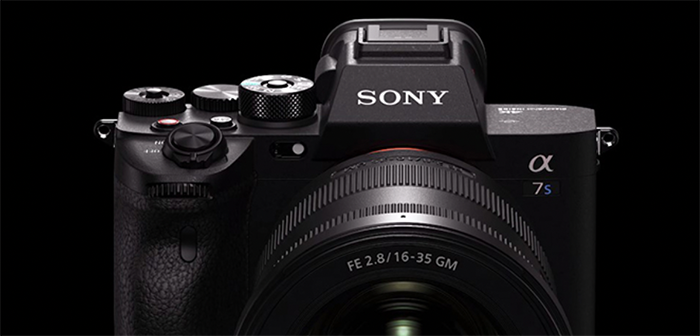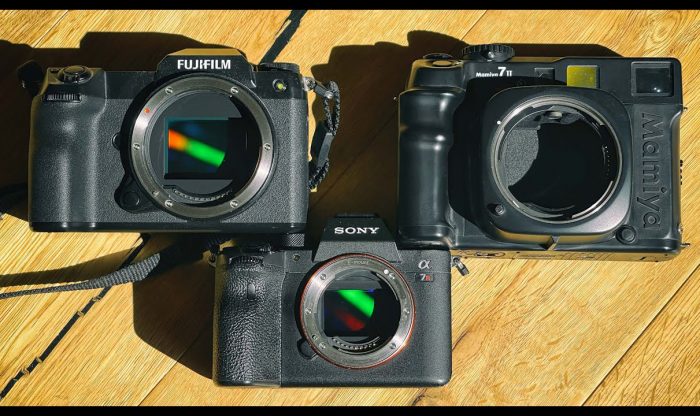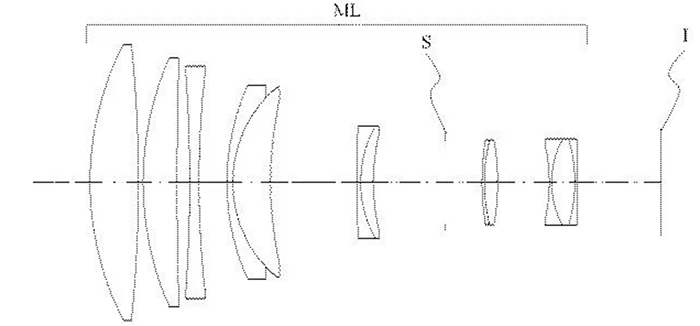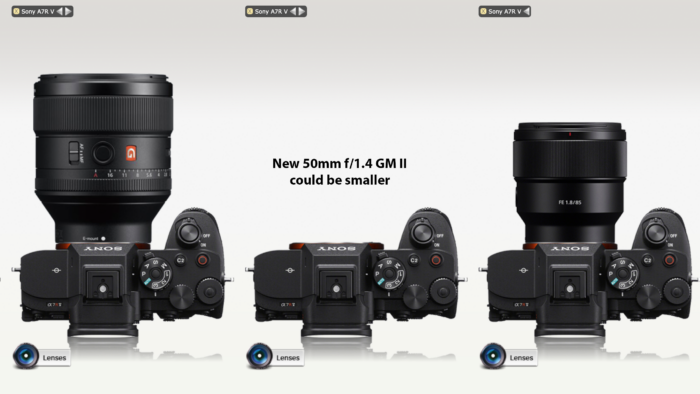The Sony A7r from a reportage photographer’s perspective (Guest post by Guiskard).
This is a Guest Post written for SAR by Guiskard (http://guiskard.net). Feel free to share your stories and reviews by contacting me (Andrea) at sonyalpharumors@gmail.com.
—
When I bought the A7r in December last year my decision was based on a couple of key features: Small Body, high resolution plus the possibility to adopt my old nikon lenses. Another aspect was the option to get Zeiss lenses perfectly suiting this camera. Now, almost half a year later I’d like to share my experiences with this blog that helped me a lot in terms of making up my mind if I really should spend money on this particular camera and later when I got it, how to get the most out of it. It’s not supposed to be another review with all the technical details – I think others did already a great job in that term. I’d rather write something about my experiences as a reportage photographer.

Recently I spent some time in India, using the A7r for a couple of features and I didn’t regret it at all. Let’s start with the dimensions. Compared to a DSLR the body is obviously a lot smaller, the Zeiss primes are light and small, too. This means that I could use a slim sling bag for all my gear (i.e A7r, the 35mm Zeiss, 20/50/135mm Nikon legacy lenses, adapter), a bottle of water, one or two books and some food. It’s such a big advantage traveling with just as little luggage as possible. It pays off even more when you are frequently in overcrowded trains or busses. At the same time it is a lot less obvious when you are shooting undercover. The A7r looks much more like an old analogue camera than the professional and very powerful tool that it actually is. To enhance this look I put black ducktape on all the logos and lettering. I got the impression that people were less cautious or didn’t pay that much attention – which was a big plus for me in many situations. If the shutter sound was a bit more discrete, it would have been even better. But the places where I usually shoot have some background noise anyway – so I don’t mind that much.

Nikon 50 mm, 1.8,
More important to me are the lowlight qualities because – again it reduces the weight I have to
carry. I’d rather get that not so fast but small and light lens instead of the heavy and bulky one that might be a stop or even two faster. Besides the whole system is even more compact like this. Up to ISO 3200 the results are very usable and in combination with noise reduction in post processing almost astonishing considering the 36mp sensor (I’ m really curious how the news A7s will behave here). And I don’t want to miss that large sensor anymore! Not only for the narrow depth of field that I really love – which is sometimes almost too difficult to handle, already with the 1.8/50mm – but mainly for the possibility to crop substantially. Again and again I’m totally amazed by the sharpness this camera delivers even if you zoom in like mad. Often things simply happen too fast in front of my camera to be able to think for a long time about composition or how to frame the subject. It’s so good to know that it just doesn’t matter. Sure I have to know which part of the image should be in focus, but for the rest I often do the job in post and still you don’t see it – not even in large sizes.

Being used to optical viewfinders I didn’t really know what to think of this EVF in the beginning. Looking through optics isn’t exactly the same thing as staring on a screen. But again it turned out to be a smart piece of technology. I really like the possibility to display different kind of levels and other information. However, most important to me is the constant brightness no matter what f-stop you choose. Even at night you’ll get a usable viewfinder image to work with. Shooting in bright daylight it’s very useful for briefly checking your results as one doesn’t see anything on the screen on the back of the camera. Another highlight is the the magnifying tool and focus peaking – both very helpful when using legacy glass. However, I must admit that the 35mm is a real always on lens for me.
Quite a lot of users were complaining about the autofocus speed. As I rarely shoot action or birds or something comparably fast – the AF works just fine for me. The only downside is the complicated adjustment of the focus point – I wish that would be easier and quicker to do. Something that really gets on my nerves is the ISO dial. It happened again and again that I touched the wheel with my nose while shooting. OK, you might argue that it’s connected to the size of my nose but whatsoever, it is pretty annoying if you realize that you were using the wrong sensitivity. Usually it’s to high (otherwise I become aware of the slow shutter speed) and eventually the problem emerges only in post when I see noise in the image where it’s not supposed to be. It’s a pain but I’m aware of the issue now and try to be extra careful with my nose.
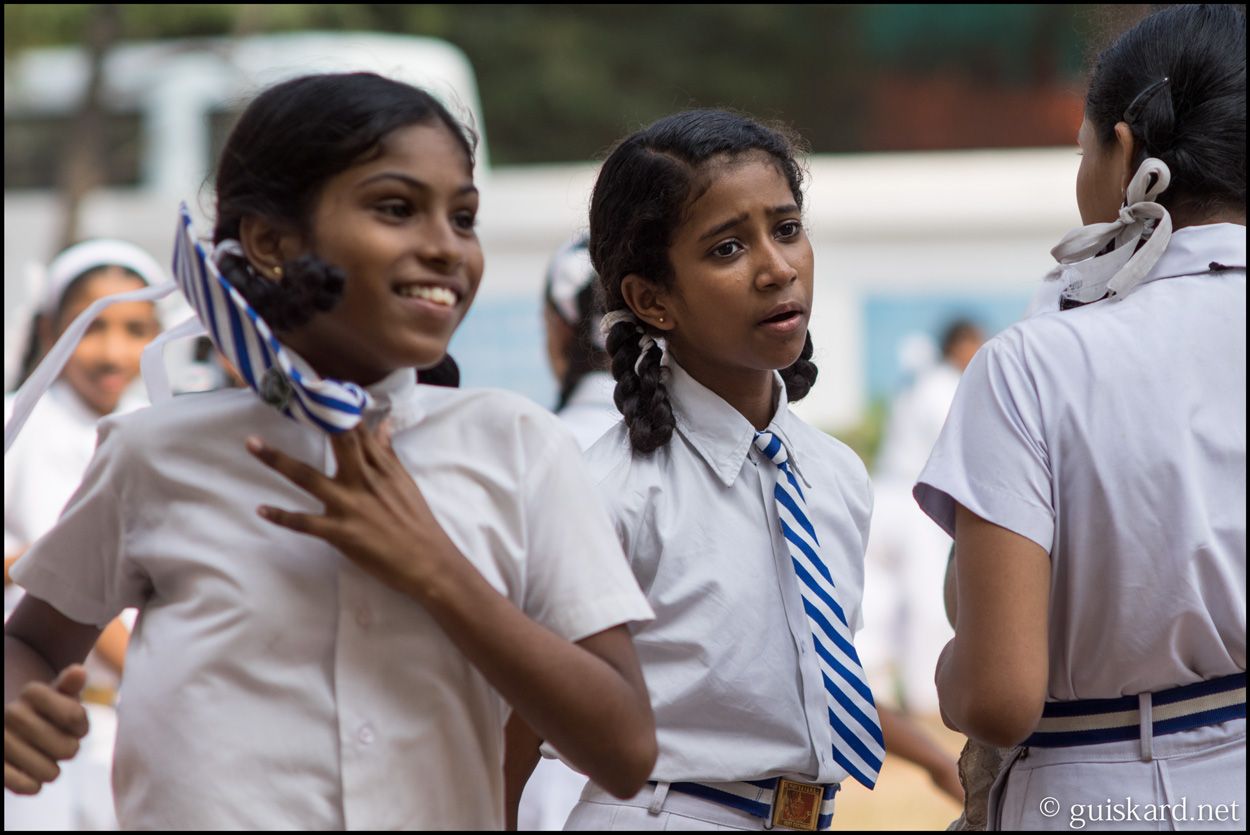
Finally, considering the whole system – ergonomics, built quality and sturdiness, sensor technology, the possibility to adopt a large variety of legacy glass and the quality of the Zeiss lenses – it seems to be a really good package for reportage photographers. I do enjoy the handiness of this camera in combination with the excellent sensor. It delivers great sharpness, offering good lowlight quality and an impressive dynamic range, being unobtrusive at the same time – right now I don’t see any other model to compete with the A7r.
Links: http://guiskard.net
